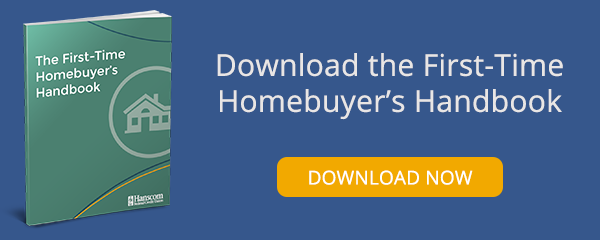Looking at houses before you get pre-approved for a mortgage is like picking out your first car before you get your driver's license. It just doesn't make much sense.
Getting pre-approved for a mortgage gives you several advantages in the home-buying process. It shows sellers that you’re a serious buyer and that the deal won’t fall through because you couldn’t get financing, helps narrow your search to houses you can comfortably afford, and alleviates the stress of wondering whether or not you can afford the house you’ve fallen in love with.
Just follow these five steps to ensure the home-buying process goes smoothly. Then you can relax and enjoy your house-hunting experience.
1. Get pre-approved for a mortgage with a mortgage lender. They’ll evaluate your financial situation, including your income, credit score, debt, and assets to determine how much you’ll be able to borrow. With pre-approval, you’ll receive a letter that accompanies your offer to assure real estate brokers and sellers that you’re a qualified buyer. Talk to several lenders (start with your credit union!) so you can compare rates and terms. Don’t get pre-approved too far in advance — many pre-approvals expire after 90 days, so be sure to ask your lender how long their offer is good for.
2. Find a trustworthy and knowledgeable Realtor. You'll want one who’s familiar with the towns and neighborhoods in which you're interested. Ask friends and family members for recommendations, and look around neighborhoods for "For Sale" signs with Realtor's names. Take note of the names you're seeing over and over again.
3. Start house hunting. Now the fun part! Open houses, online listings, tips from friends and, of course, your agent, can all help narrow your search until you find the perfect home. And you can relax because once your offer is accepted, you won’t have to worry about running around trying to get approved for a mortgage. Your work is already done!
4. Purchase your mortgage. Congratulations! Your offer has been accepted. Now you can work with your lender on all the specifics of your mortgage, including the amount of your down payment, closing costs, and any fees associated with your mortgage. You should have everything in place in time for your…
5. Closing day! To be safe, plan on two to three hours to complete all the paperwork at your closing. (Your hand will get tired!) Once all the documents are signed — your Mortgage Note, Deed of Trust and HUD-1 Settlement and Truth in Lending Statement — and you’ve paid all your closing costs and fees, you’ll get the keys to your new home.
Congratulations on your new home!
Our First-Time Homebuyer’s Handbook will guide you through the process so that you can make sure you’ve got everything you need to buy your home. The guide includes information on how to determine what you can afford, getting pre-qualified, the different types of mortgage loans and how to choose the right one, gathering documentation, applying for a loan, and important questions to ask potential lenders. Download your free copy today!
Others are reading:

.jpg)












Comment